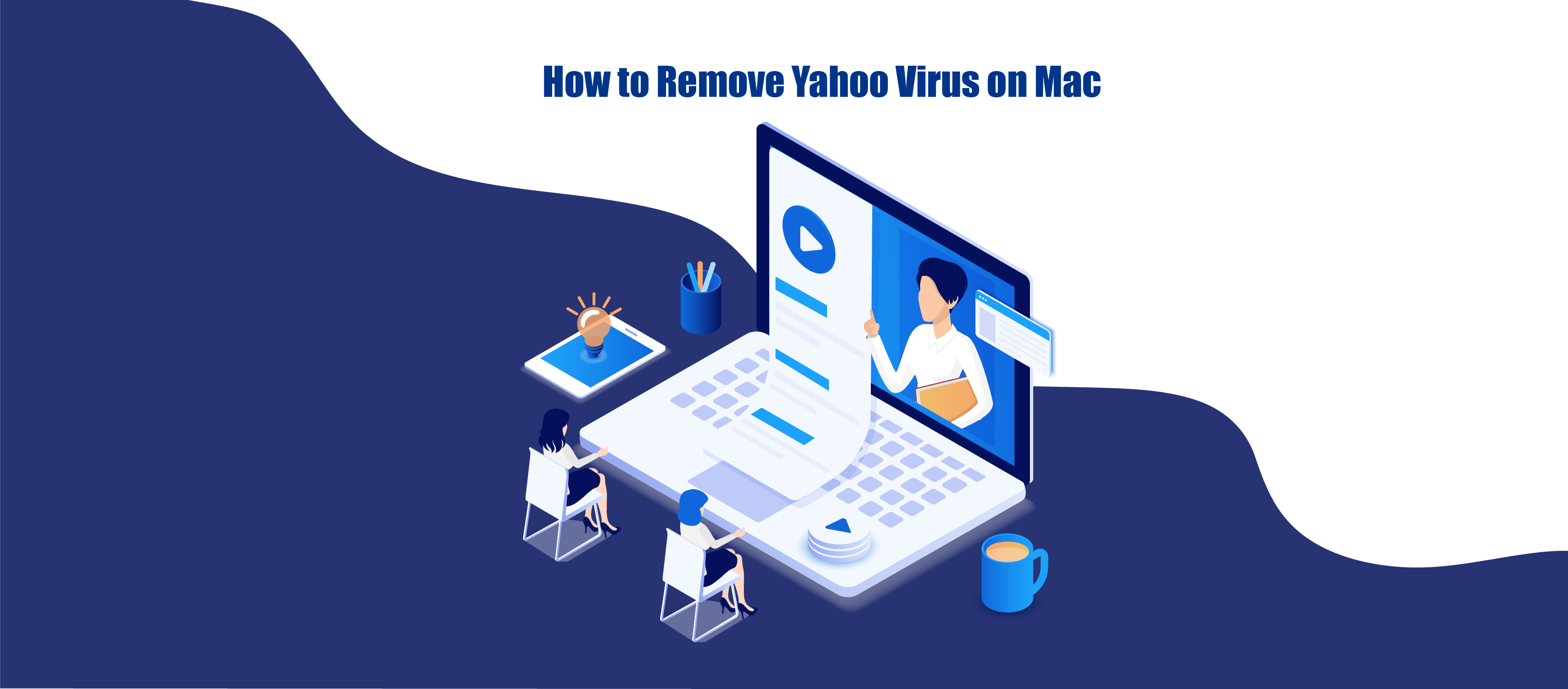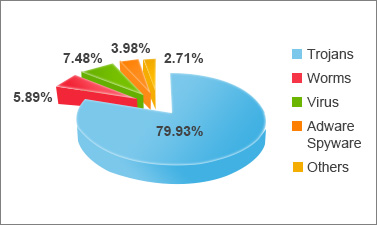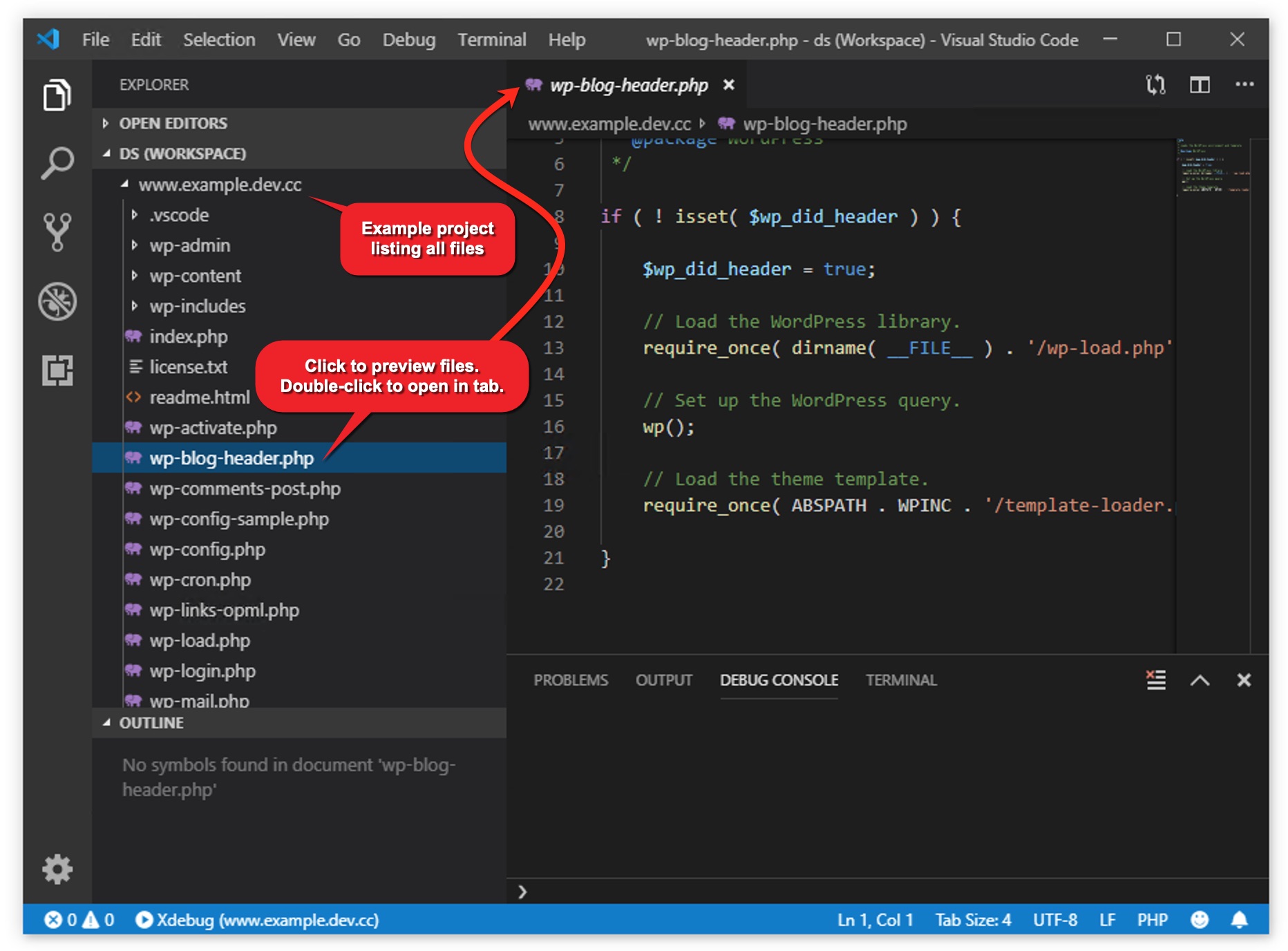
In 1995, we started seeing malicious macros that could not only damage your documents, or your Word and Excel applications, but they could also cross the Mac-Windows barrier: they were the first truly cross-platform malware. It won’t necessarily execute when you open a file, but some can. So if you send a friend or colleague a file containing a macro, their apps will read the macro. These macros can be stored in Word and Excel files, and they are read whenever files containing them are opened.

Microsoft Office has a feature allowing users to write macros, or sets of commands to automate procedures. Neither virus was particularly malicious, but they could, in some cases, damage applications, requiring that they be reinstalled. These viruses attacked applications and the System file, and could also infect documents and the Desktop file, which was an invisible file used on Mac OS prior to Mac OS X. The author of these viruses was arrested shortly after the viruses were discovered.

1990 – MDEF and CDEFįour strains of the MDEF virus were discovered in 19 in Ithaca, New York, and two strains of the CDEF virus were discovered in 1990, then in 1993. At the same time, there were powerful commercial solutions available, and he could no longer maintain it sufficiently to ensure that it was reliable.
#Microsoft gives mac os virus software#
Norstad retired Disinfectant in 1998, because the software was unable to act on the growing threat of Microsoft Word and Excel macro viruses. With no commercial antivirus software available yet, Disinfectant was a must-have for people who downloaded software from bulletin boards or who installed freeware and shareware from floppy discs provided with magazines. The software was available online, on a number of bulletin boards and freeware repositories, or you could send Norstad a floppy disk and a self-addressed stamped envelope to get a copy.
#Microsoft gives mac os virus free#
With the rise in viruses affecting the Mac, John Norstad, of Northwestern University, created the free antivirus Disinfectant in in 1989. It was also present on copies of the FreeHand app, sold by Aldus, which led to the company having to recall thousands of copies of their software.

Unfortunately, because of a bug in the virus’s code, it caused computers to crash when they were started up before this date. It was written for the MacMag magazine, and was designed to display a message of peace when an infected computer was started up on March 2, 1988, and then delete itself. One early HyperCard virus displayed a message supporting the US presidential campaign of Michael Dukakis.Īnother, called MacMag, was an example of good intentions gone wrong. Shortly after that, viruses began appearing that infected HyperCard, spreading via stacks that users shared, notably on bulletin boards. HyperCard was a development environment, released in 1987, that allowed users to create applications in "stacks" and distribute them to other Mac users.

It would either beep, or, if MacinTalk was installed, have the computer say "Don’t panic". There were many strains of nVIR, and, while it was not malicious, it reproduced by infecting the System file and applications. The nVIR virus was first discovered in 1987, and it affected Macintosh computers running System 4.1 to 8.0. It infected the entire operating system, and spread via floppy disks to other computers. Infecting Apple’s DOS 3.3 operating system, it was hidden in a game, and the 50th time someone played the game, the computer would display a poem. In fact, the Elk Cloner virus is considered to be the first computer virus that spread in the wild. 1982 – Elk ClonerĮven before the arrival of the Macintosh, Apple computers were affected by viruses. Here is an overview of the history of malware that has affected the Mac. Viruses, worms, Trojan horses the Mac has seen them all. You’ve certainly heard people say that "Macs don’t get viruses." And, while that’s generally true – most malware these days isn’t viruses but other types of malicious software – the Mac has a long history of malware attacks. Malware Key Moments in the History of Mac Malware – 1982 to the Present


 0 kommentar(er)
0 kommentar(er)
